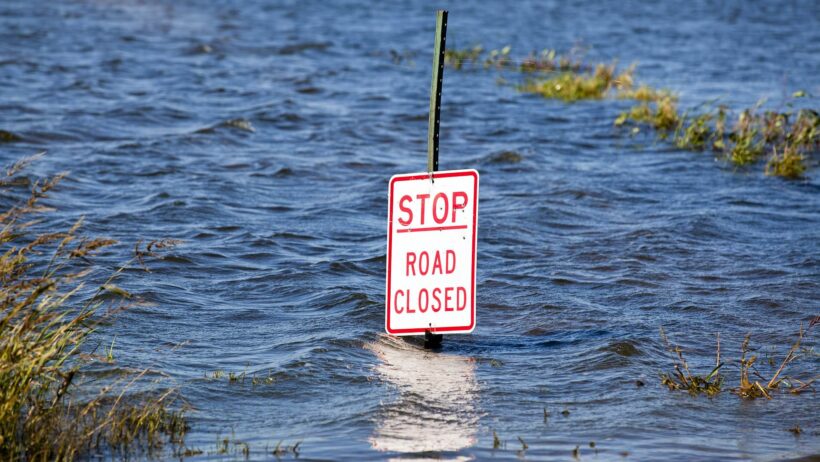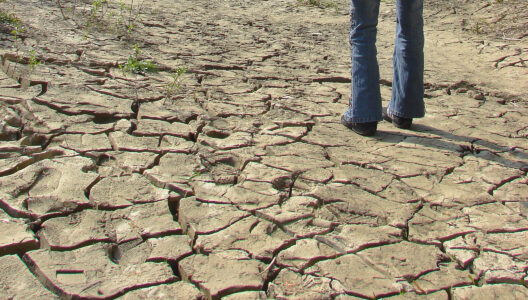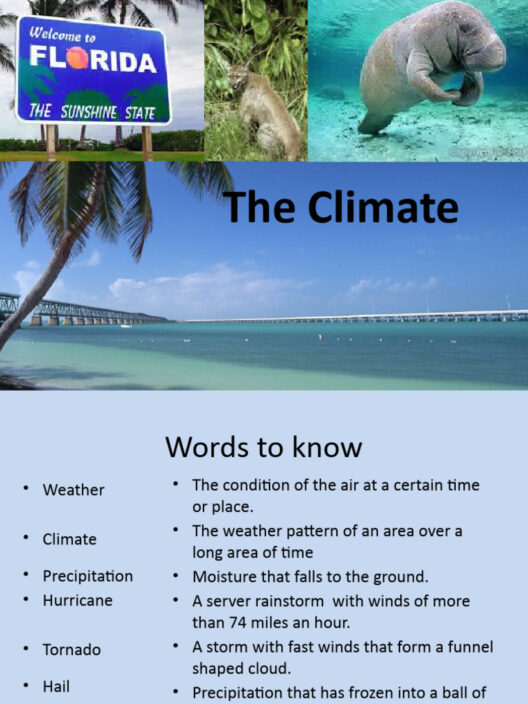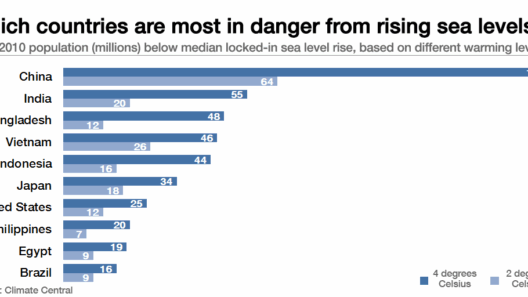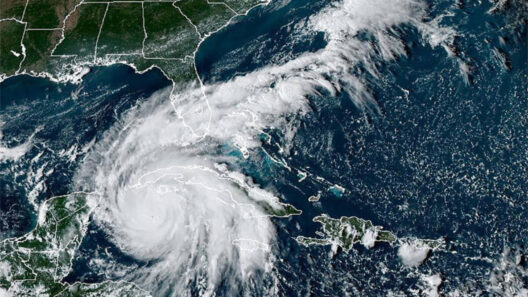As the effects of climate change become increasingly evident, rising sea levels pose significant threats to coastal communities, ecosystems, and economies. This alarming trend, driven predominantly by global warming, results in the melting of ice caps and glaciers, as well as the thermal expansion of seawater. Addressing this looming crisis requires an amalgamation of preventative measures and innovative solutions that span individual efforts to governmental initiatives. This article delves into pragmatic steps to combat ocean-level increase, emphasizing collaborative action at every societal level.
The landscape of our coastlines is set to change dramatically if we do not act. It is imperative that we foster a multifaceted approach to mitigate the impact of rising sea levels.
Understanding the Causes of Sea Level Rise
Before delving into solutions, it is pivotal to comprehend the roots of sea level rise. Primarily, two factors significantly contribute to this phenomenon: thermal expansion of seawater as it warms and the melting of terrestrial ice. Consequently, the alarming rate of greenhouse gas emissions accelerates these processes, leading to elevated sea levels that threaten human settlements and natural habitats alike.
Moreover, human activities, such as deforestation, excessive fossil fuel consumption, and industrial practices, exacerbate climate change. These actions intensify the greenhouse effect, leading to a warmer planet and subsequently rising seas. Understanding these interrelated factors is crucial in formulating effective responses to this creeping crisis.
Embracing Renewable Energy
Transitioning to renewable energy sources is paramount in our battle against rising sea levels. By harnessing solar, wind, and hydroelectric power, we make substantial strides in decreasing our reliance on fossil fuels, a primary contributor to greenhouse gas emissions. Renewable energy not only mitigates the root causes of climate change but also promotes sustainability.
Investing in solar panels, wind turbines, and geothermal energy systems can significantly decrease carbon footprints. As more individuals and businesses adopt these technologies, a collective shift occurs toward a more sustainable energy landscape. Promoting government incentives and subsidies for renewable installations can further drive this transition, making it more accessible for all. Additionally, communities can collaborate to initiate local solar co-ops, enabling shared investment and benefit from renewable energy sources.
Enhancing Coastal Resilience through Natural Barriers
Investing in natural barriers is a crucial, yet often overlooked, strategy for resisting the encroachment of rising seas. Coastal ecosystems, such as mangroves, marshes, and coral reefs, serve as vital buffers that absorb storm surges and mitigate erosion. Furthermore, these ecosystems provide habitats for diverse wildlife, fostering biodiversity.
Restoring and preserving these natural barriers should be prioritized in coastal management strategies. Local governments can initiate programs aimed at replanting mangroves and bolstering wetland areas, enhancing their protective capacity against rising tides. In addition to restoration efforts, creating marine protected areas can help safeguard these ecosystems from further degradation, ensuring their longevity and effectiveness as natural storm buffers.
Urban Planning and Smart Development
As urban areas continue to expand, the need for comprehensive planning becomes critical in mitigating risks associated with rising sea levels. Implementing smart development policies that prioritize sustainability and resilience can drastically reduce vulnerabilities. Zoning regulations should discourage construction in high-risk flood-prone areas. In contrast, enhanced infrastructure must be prioritized for those coastal areas at risk.
Moreover, cities should invest in green architecture, promoting buildings that utilize eco-friendly materials and incorporate water management systems. Sustainable urban designs can include permeable pavements, green roofs, and rain gardens that help absorb excess water and reduce runoff.
Community Awareness and Involvement
Raising community awareness is essential when addressing the realities of rising sea levels. Educational campaigns should emphasize not only the science behind climate change but also practical steps that individuals can take to contribute positively. By cultivating a sense of urgency, communities can mobilize grassroots movements aimed at local and national action.
Community-driven initiatives, such as tree planting drives, clean-up operations, and advocacy for local climate policies, empower citizens to take ownership of their environmental impact. Engaging local schools in educational programs about climate change can further instill environmental stewardship in younger generations. Cultural events that celebrate sustainability can also foster community cohesion and amplify awareness.
Global Collaboration: A Collective Challenge
Climate change knows no borders; thus, international cooperation is imperative in confronting the challenges posed by rising sea levels. Countries must commit to global agreements like the Paris Accord to reduce emissions and invest in climate adaptation strategies, particularly in vulnerable nations that bear the brunt of climate impacts. Collaborative research partnerships can foster innovation, engage in technology transfer, and provide financial assistance to developing nations aimed at enhancing their resilience.
Additionally, sharing best practices among nations can amplify efforts in combating the adverse effects of climate change. Joint initiatives for environmental conservation can significantly bolster our collective resilience against the rising tides.
Conclusion
While the threat of rising sea levels represents a formidable challenge, the pursuit of practical solutions is within our grasp. From adopting renewable energy and enhancing coastal ecosystems to fostering community engagement and international collaboration, each effort counts in safeguarding our future. Individually and collectively, we must prioritize actions that preserve our planet and the livelihoods of those who call our coastlines home. By taking responsibility now, we can stave off the impending consequences of rising seas for generations to come.



